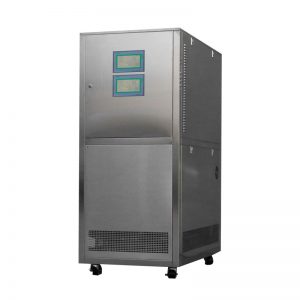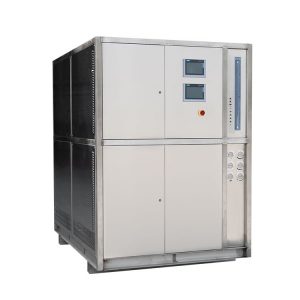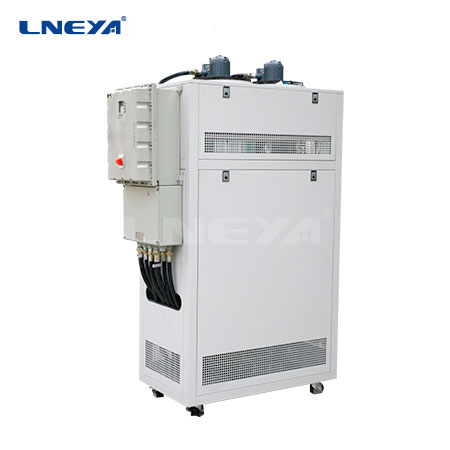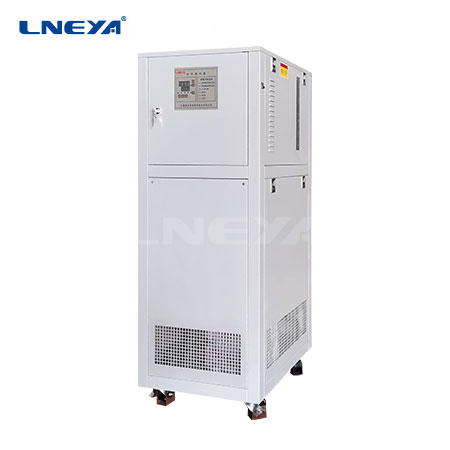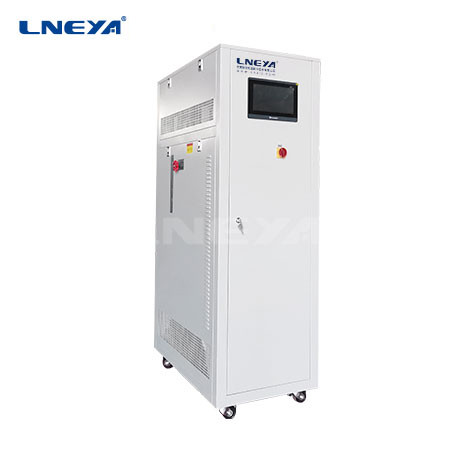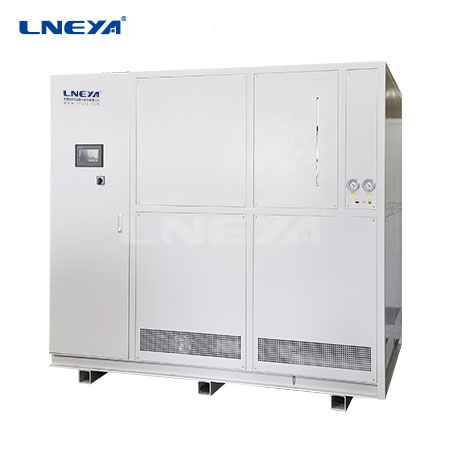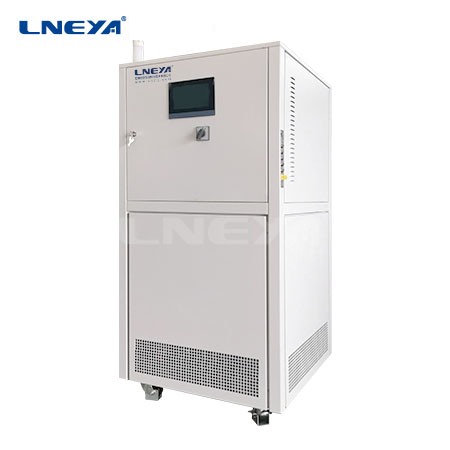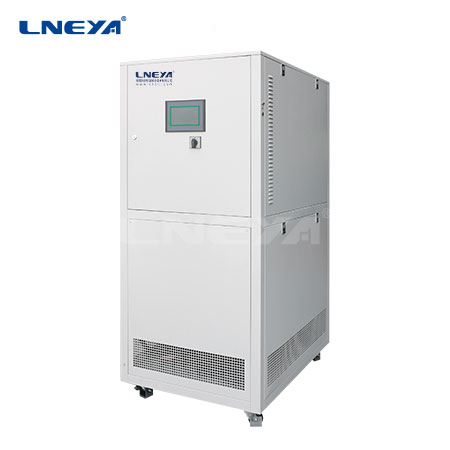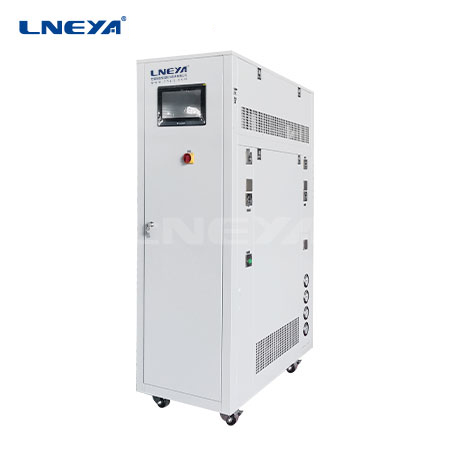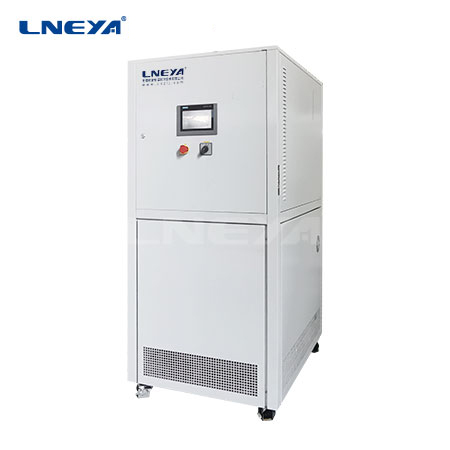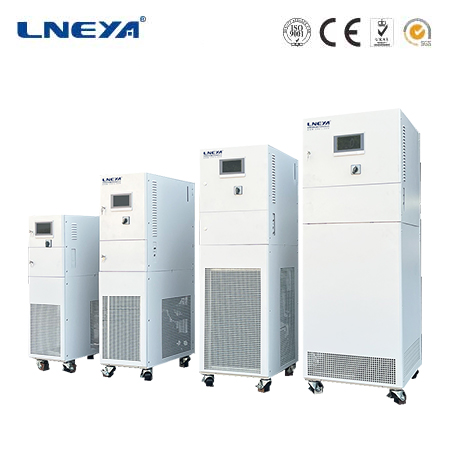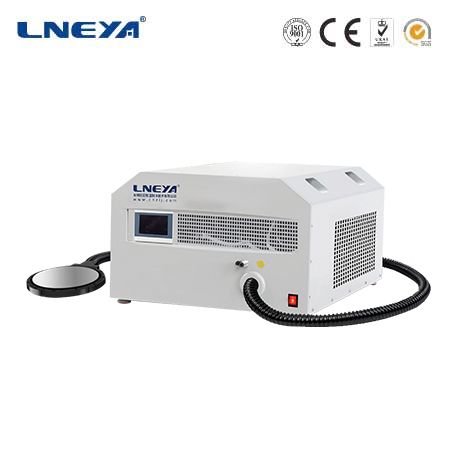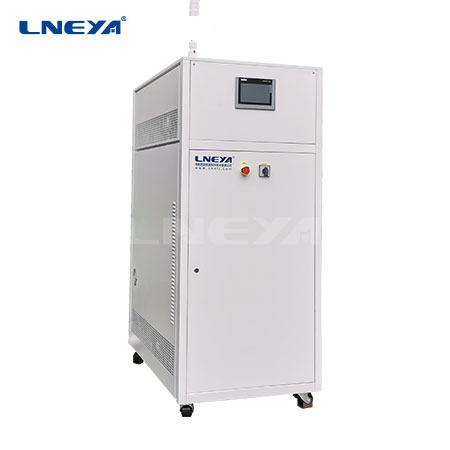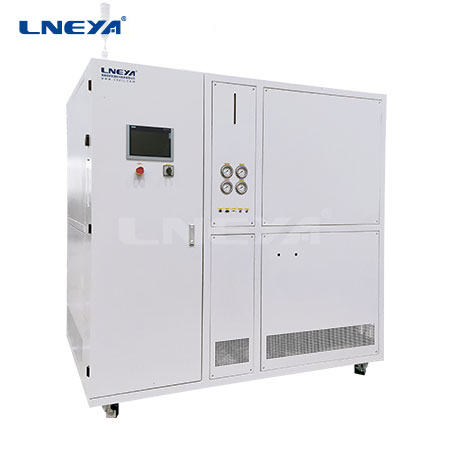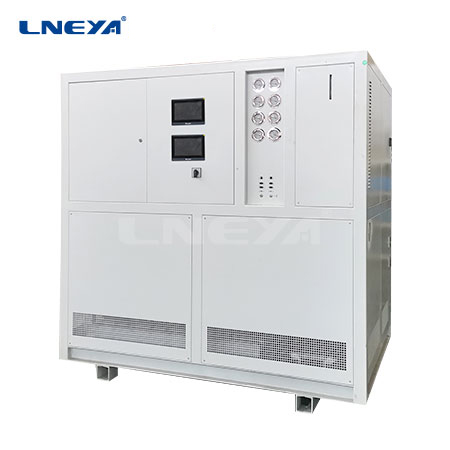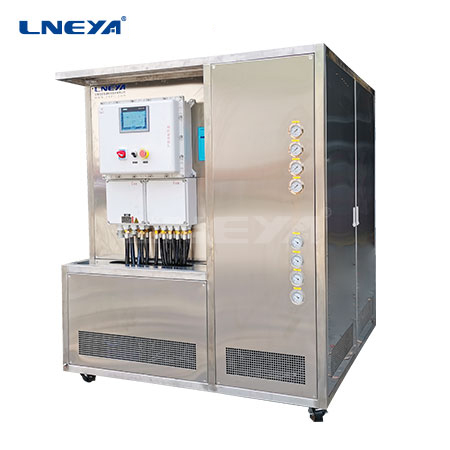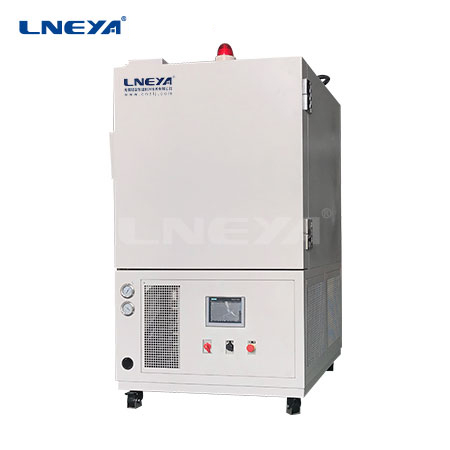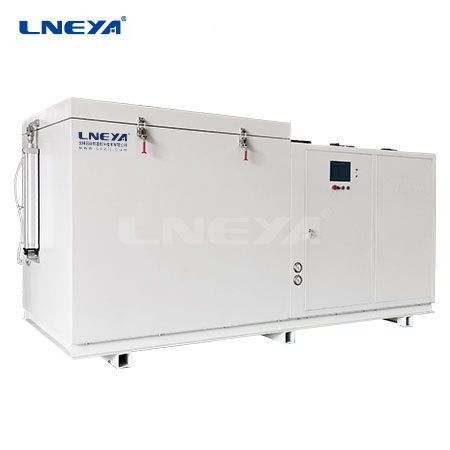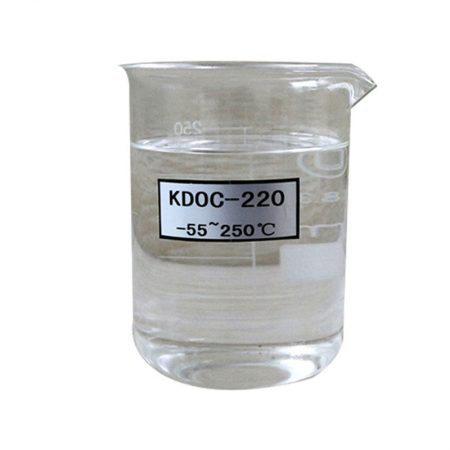Cooling System for Lithium Ion Battery
Contact us today for the perfect temperature control solution
In recent years, the development of electric vehicles has accelerated significantly due to increasing concerns about fossil fuel consumption and tailpipe carbon emissions. Lithium-ion batteries are currently the most widely used power source for electric vehicles due to their high energy density, low self-discharge rate, low maintenance requirements, long cycle life, light weight, and compact structure. However, the performance of lithium-ion batteries is greatly affected by operating temperature. The ideal operating temperature range of lithium-ion batteries is 25 ~ 40℃, and the maximum temperature difference between different batteries is less than 5℃. Working in low or high temperature environments will lead to reduced battery performance, shortened life, and even thermal runaway. Therefore, an excellent battery thermal management system (BTMS) is very necessary to ensure the safe and efficient operation of lithium-ion batteries.

According to different cooling strategies, BTMS can be divided into passive cooling systems, active cooling systems and hybrid systems that combine passive and active cooling. In passive cooling systems, there is no additional power consumption, but they also cannot control the cooling system to change the cooling rate. Special materials or heat dissipation structures are implemented on the surface of lithium-ion batteries to achieve high heat transfer capabilities between the battery and the external environment. Typical examples include natural air convection, phase change materials (PCM) and heat pipes.
Passive air cooling has very low cooling capacity and is not suitable for cooling high energy density lithium-ion batteries. PCM can store and release a large amount of energy during the thawing process, and has received increasing attention in recent years. The main advantages of incorporating PCM into BTMS are the possibility of achieving good cell temperature uniformity and flexible geometry. However, the low thermal conductivity of PCM hinders the heat dissipation rate of the battery, posing serious hidden dangers under high-rate charging and discharging conditions. Therefore, it is very important to develop a battery thermal management system for new energy electric vehicles with excellent heat dissipation performance.
Email: info@lneya.com WeChat ID: +8615251628237 WhatsApp: +86 17851209193
 LNEYA
LNEYA
 简体中文
简体中文










